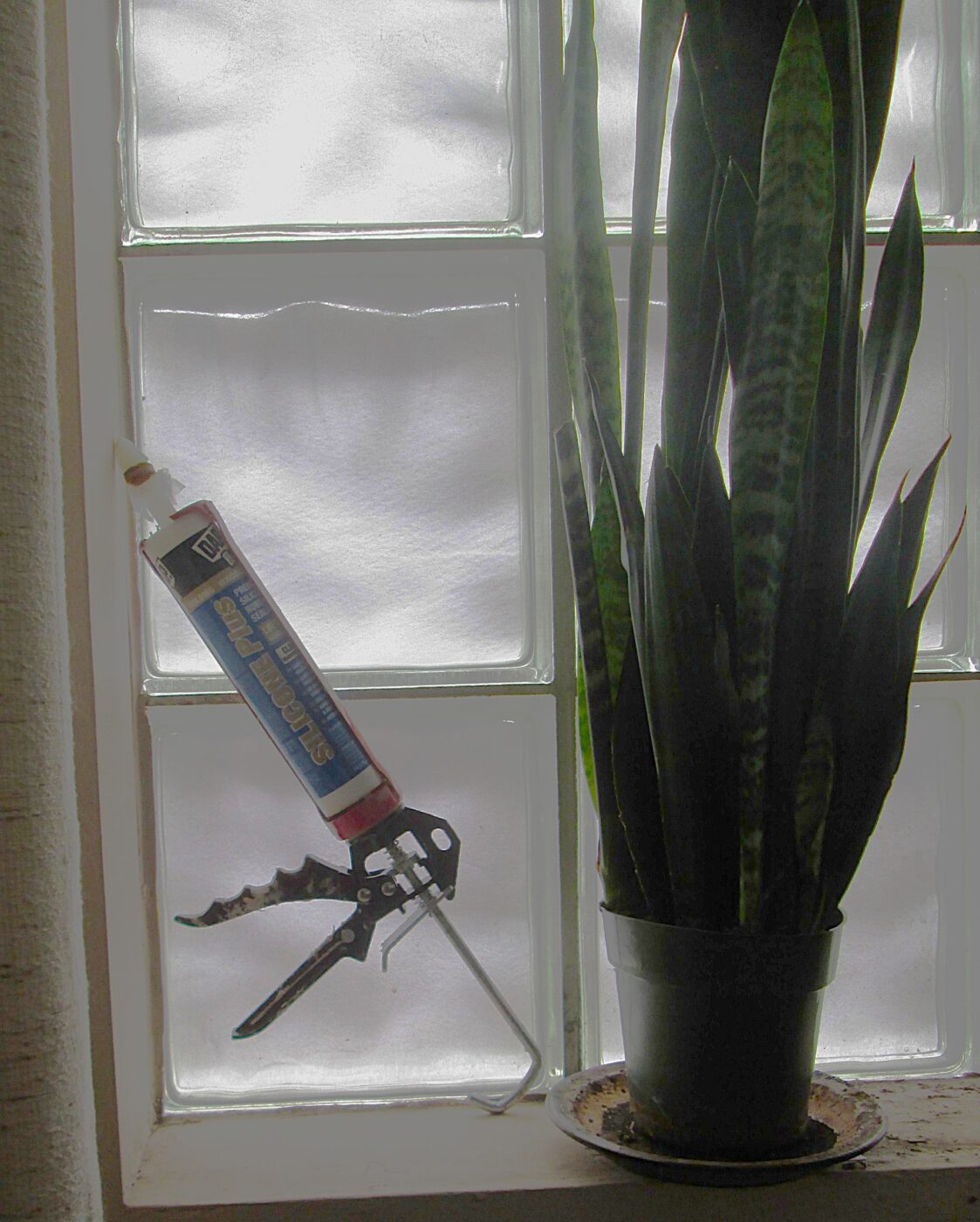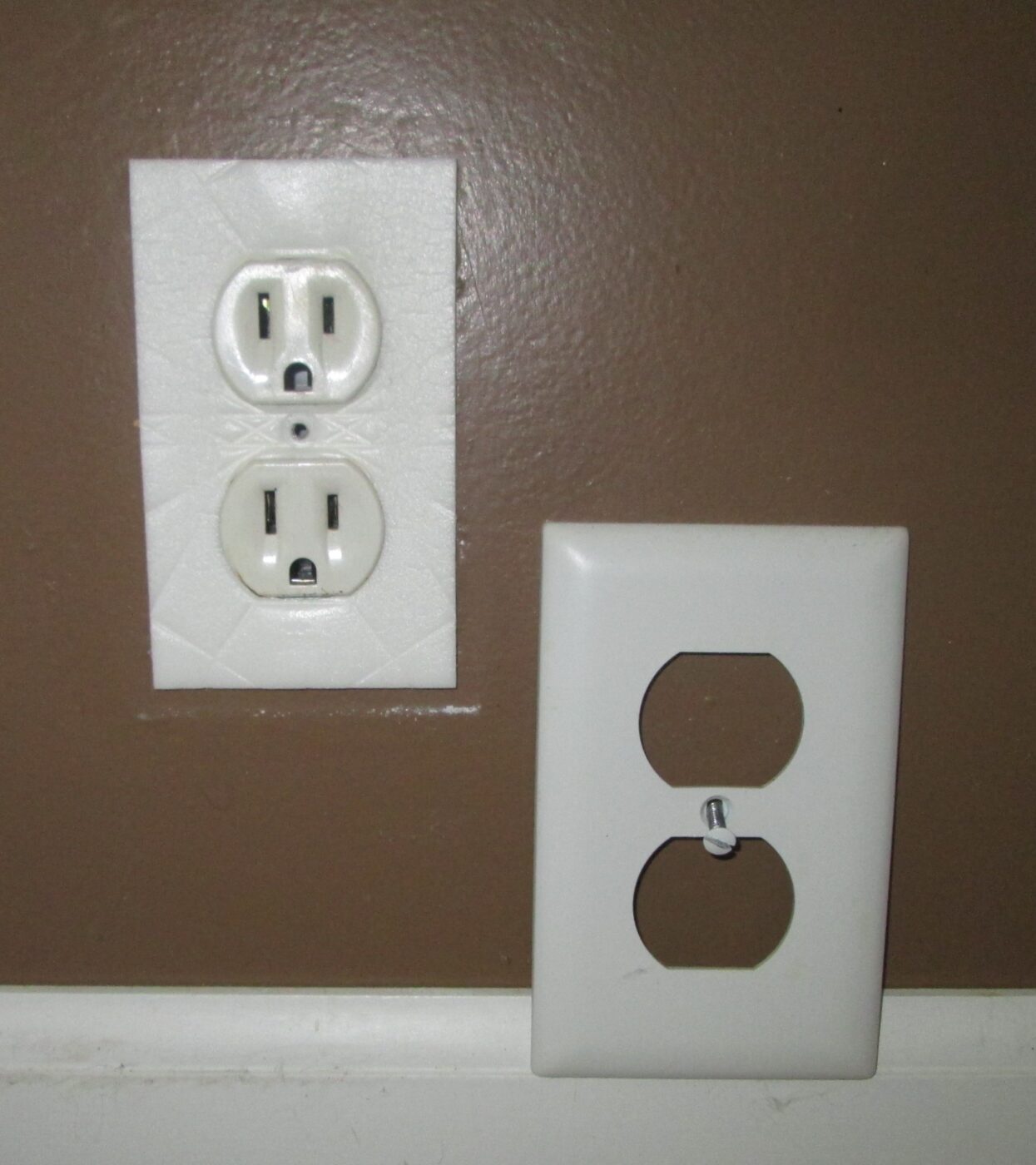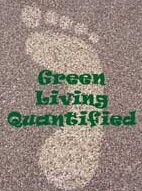To create an energy-efficient home, one of the most affordable steps to reduce energy costs against extreme temperatures and increase home comfort is to seal air leaks.
My Experience
This is an easy, inexpensive and rewarding area to move to an energy-efficient home, particularly with an older home. My first caulk jobs were not so good looking, but the job is not difficult. Work with less visible rooms first. Cut the caulk hole small: you just need to cover the gap and smaller mistakes are less visible. Your caulk can be made thick or thin by changing the speed of application. There are plastic devices to smooth the caulk bead, but I use my finger. There are many videos of how to do this. If I can do it, you can too!
Once I figured out how to check for air leaks on windy days, I helped a few not-for-profits I wanted to support, knowing that it would make their environments more comfortable, less expensive to run, and generate fewer greenhouse gases. I call these 2-for-1 (“two-for”) projects that help the environment and the not-for-profit(s)!
Your Choices
| Action Item and Links | Cost | Notes |
| Use Lit Candles or Incense Sticks to Test for Air Leaks | 0 | Pick a cold windy day for this job. |
| Reduce Drafts Using A Caulk Gun | $ (with caulk gun) | Useful for leaky windows and doors |
| Seal External Doors Along All Four Sides | $ to $$ | A good look at your external door(s) can determine whether this is important or not. |
| Use Prepared Foam Insulation Behind Power and Cable Line Panels | $ |
Use Lit Candles or Incense Sticks to Test for Air Leaks
Older homes were never designed to be energy efficient and it is estimated that 30% of total heat lost is through air leaks. New homes may have less of an issue with leaks but should check insulation. One way to test if your home is sufficient, is to use a candle or incense stick on a windy day to determine if there is a draft by windows, doors or other protrusions in your walls or ceilings. If there is, you will see the smoke or light flicker and bend. This is equivalent to having a window slightly open full time in your house – not a good idea during hot summers or cold winters!
Other areas to evaluate for drafts are recessed lights, dropped ceilings, attic hatches, fireplace dampers, and any pipe or wiring penetrations from outside to inside your house. In addition, basements and attics may require expert attention (Amann et al., 2012).
Reduce Drafts Using A Caulk Gun
Caulk guns can help to seal ¼ inch holes near window or door joins. Foam sealant expands to cover cracks and gaps greater than ¼ inch, e.g., any external interface: e.g., electric boxes or external pipes. Know that foam sealant (e.g., polyurethane) is better for hidden cracks protected from sunlight and moisture (Amann et al. 2012) and will not apply as attractively as caulk. There are different varieties of caulk, including clear silicone caulk, which cannot be painted over, or various colors of acrylic caulk, which you can paint over. Silicone caulk has better adhesion, durability and flexibility, while a higher-quality acrylic is better for room-visible areas (Harley, 2012). Select a caulk that is likely to wear for at least 20 years.
To use, cut the tip of the caulk bottle to produce the caulk thickness you desire. Recommendation: estimate for a thin layer is best. A smoothing device can help your caulk job look more professional. The caulk gun above was used on the four edges of the window, to help seal against drafts. The caulk color used here was grey to match the cement used between window tiles. The gun part provides continual pressure to ease caulk out of its tube, as you direct it. There is a release valve (the little L piece in the back) you can press to stop the caulk from continually flowing.

Seal External Doors Along All Four Sides
If you feel a draft under your door, this style door blocker (shown) or stuffed door sock can help and requires no installation. A more attractive solution is a door sweep, which is a metal bar with rubber strip that is attached (screwed) to the bottom of the door. The rubber should be cut down to 1/8 shorter than the doorstop (Harley 2012).These can be purchased at a hardware store.
Concerning the other 3 sides of the door, apply insulation to the door top first, then both sides of door (Harley, 2012). Also, along the door, you can find insulating foam, or better yet, a v seal or silicone rubber bulb. Generally the insulation is applied so as the door shuts, the door presses against the insulation. The insulation must be thin enough that the door still closes. Newer homes often already have decent door insulation and are fine as is.

Use Prepared Foam Insulation Behind Power and Cable Line Panels
Cold or hot air can come in through power or cable lines in your walls. You can purchase foam insulation from a hardware store, to place under the outlet panel. While we might understand that this is most important for an outside-facing wall, there may also be air tunnels behind room walls.

References
- Harley, Bruce (2012) Insulate and Weatherize for Energy Efficiency at Home. The Taunton Press, Newtown CT.
- Amann, Jennifer Thorne, Wilson, Alex, and Ackerly, Katie (2012) Consumer Guide to Home Energy Savings, 10th edition. New Society Publishers, Gabriola Island, BC Canada.
